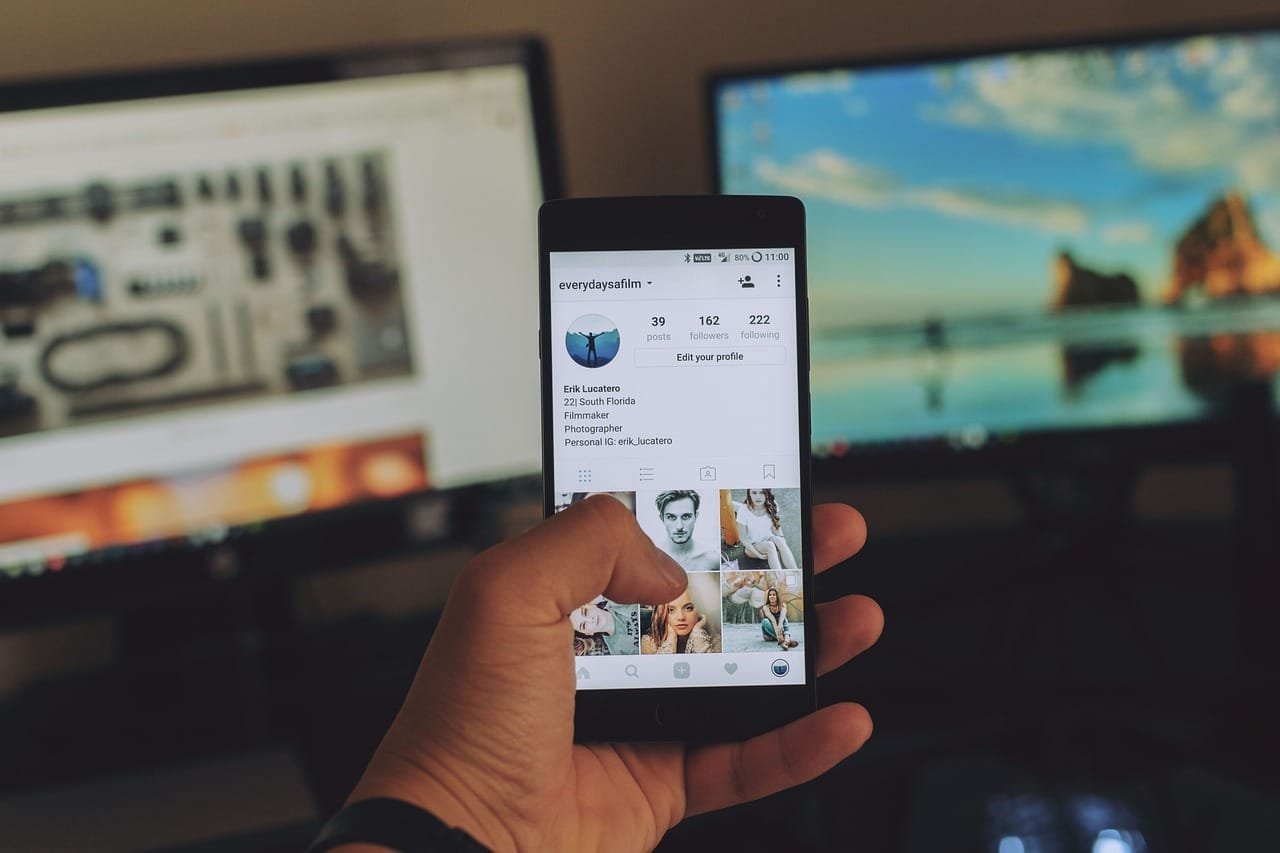In today’s hyper-connected world, social media has become the beating heart of modern marketing strategies, particularly when it comes to influencer marketing. With the emergence of numerous social media platforms, each offering unique ways to connect and engage, integrating these channels for a cohesive influencer marketing strategy has become crucial for brands looking to maximize their impact.
Introduction to Influencer Marketing in the Social Media Era
The digital era has revolutionized the way brands interact with their audiences. Social media platforms like Instagram, Twitter, TikTok, and Facebook have become more than just networking sites; they are powerful marketing tools. At the forefront of this revolution is influencer marketing – a strategy where brands collaborate with individuals possessing a significant online presence to promote products, services, or campaigns.
The Evolution of Influencer Marketing
Influencer marketing isn’t new; it has evolved from celebrity endorsements to collaborations with content creators and industry experts. What’s different today is the accessibility and immediacy of these influencers, thanks to social media. Their reach and engagement can sometimes surpass traditional marketing channels, providing a more organic and relatable way to connect with audiences.
Understanding Different Social Media Platforms
Each social media platform caters to different demographics and offers unique formats for content delivery. Instagram, with its visually rich content, is perfect for lifestyle and beauty brands. LinkedIn suits professional and business services, while TikTok and YouTube are ideal for reaching younger audiences through dynamic and creative video content.
The Power of Multi-Channel Strategies
Leveraging multiple social media channels can amplify your message and broaden your reach. However, it’s not just about being present on all platforms; it’s about creating a cohesive, integrated strategy that aligns with your brand’s voice and goals.
Tailoring Content to Each Platform
Understanding the nuances of each social media platform is key to effective influencer marketing. Here’s how brands can tailor their content strategies:
Instagram: Storytelling Through Visuals
Instagram’s visual-centric format is ideal for storytelling. Influencers can showcase products in real-life scenarios, using high-quality images and videos, stories, reels, and IGTV for deeper engagement.
YouTube: In-Depth Product Reviews and Tutorials
YouTube’s long-form content format is perfect for detailed product reviews, tutorials, and storytelling. It’s an ideal platform for influencers to delve deeper into product usage, benefits, and experiences, creating a more informative and persuasive message.
TikTok: Leveraging Trends and Creativity
TikTok’s short-form, dynamic content is all about trends, music, and creativity. Influencers can use viral challenges, catchy tunes, and creative visuals to create engaging, shareable content that highlights your brand in a fun and youthful way.
LinkedIn: Professional Endorsements and Thought Leadership
On LinkedIn, influencers can lend their professional expertise and thought leadership to promote your products or services. This platform is ideal for B2B marketing, where credibility and professional reputation are paramount.
Choosing the Right Influencers
Identifying with Your Brand Identity
The congruence between an influencer’s persona and your brand’s identity cannot be overstressed. When influencers’ beliefs, style, and content naturally align with your brand’s values and aesthetic, their endorsements appear more credible and genuine. This alignment goes beyond surface-level metrics like follower count, diving deep into how well the influencer’s storytelling and ethos resonate with your brand’s narrative.
Understanding the Influencer’s Audience
Grasping the nuances of an influencer’s audience demographics, interests, and behaviors is vital. Brands should analyze if the influencer’s audience mirrors their target market. This understanding helps tailor messages to speak directly to those followers, thereby enhancing engagement and potential for conversion. Tools like social media analytics and audience insight reports can be invaluable in this analysis.
Creating Platform-Specific Campaigns
Tailoring Messages
Crafting your campaign message to suit each platform’s unique environment and user behavior is a critical aspect of multi-channel influencer marketing. A message that captivates on Twitter, with its fast-paced, conversational tone, may not hold the same appeal on Instagram, where visuals and storytelling reign supreme. It’s about striking the right chord with the right audience at the right time and place.
Leveraging Unique Features
Each social media platform offers unique tools and features that can enhance influencer content. Instagram’s Stories and Reels, YouTube’s long-form content, and TikTok’s short, catchy videos provide diverse avenues for creative storytelling. Brands should encourage influencers to exploit these specific features to make their content stand out, thus driving higher engagement and reach.
Ensuring Consistency and Authenticity
Maintaining Brand Voice
Consistency in brand messaging across various platforms solidifies brand recall and reputation. This doesn’t mean messages should be identical across platforms, but the underlying tone, style, and core messages should be unvaryingly reflective of your brand’s identity. Consistency helps in building trust and reliability in the brand.
Authentic Storytelling
The power of influencer marketing lies in the authenticity of the content. Audiences are drawn to real, relatable stories rather than overt advertisements. Influencers who integrate a brand’s product or service into their everyday life and share genuine experiences create a powerful narrative that resonates with their audience.
Tracking Engagement Metrics
Platform-Specific Metrics
Each social media platform has distinct metrics for measuring user engagement. For example, Instagram insights provide data on story views and post interactions, whereas YouTube analytics offer detailed viewer demographics and watch time. These metrics provide valuable insights into how content is performing on each platform, helping to tailor future campaigns.
Cross-Platform Analysis
Analyzing performance across different channels is key to understanding the overall effectiveness of your influencer marketing strategy. It’s important to look at the bigger picture – how the content performs collectively across platforms – to get a true sense of engagement and reach.
Analyzing Conversion and ROI
Conversion Tracking
Determining the direct impact of influencer marketing on sales or leads is achievable through conversion tracking. Assigning unique promo codes or tracking URLs to influencers helps in tracking how many sales or actions are directly attributable to the campaign, providing clear metrics for conversion rates.
ROI Calculation
Calculating the return on investment (ROI) involves comparing the campaign cost against the revenue it generated. This calculation helps brands understand the financial efficiency of their influencer marketing efforts and guides budget allocations for future campaigns.
Utilizing Social Listening Tools
Audience Sentiment
Understanding how the audience perceives your brand and the influencer’s content can offer deep insights into the campaign’s effectiveness. Social listening tools help capture these sentiments, providing real-time feedback on audience reactions, preferences, and attitudes.
Trend Analysis
Keeping up with industry trends and audience interests helps in crafting relevant and engaging content. By staying tuned to ongoing conversations and trends within the sector, brands can align their influencer marketing strategies with what’s current and top-of-mind among their target audience.

Related: Check out our free SEO suite

Encouraging Influencer-Driven UGC
Empowering Influencers
Encouraging influencers to create content that feels personal and genuine, and allowing their creative freedom, can lead to more authentic interactions. When influencers are genuinely enthusiastic about your brand, it reflects in their content, resonating strongly with their audience.
Hashtag Campaigns
Creating unique hashtags for your campaigns can encourage both influencers and their followers to share their own experiences with your brand. These hashtags become a repository of organic, relatable content, reinforcing the brand’s presence and accessibility.
Utilizing UGC for Broader Reach
Repurposing Across Channels
Repurposing UGC across different platforms can amplify its reach and impact. Sharing a great review or a creative photo featuring your product not only adds credibility but also helps populate your brand’s own social media channels with fresh, varied content.
Enhancing Brand Trust
UGC stands as a testimony to real-world usage and satisfaction, bridging the gap between the brand and potential customers. This form of content can often speak louder than traditional advertising because it comes from a place of genuine experience rather than a paid promotion.
Harmonizing Digital and Traditional Channels
Coordinated Campaigns
Combining influencer marketing efforts with traditional media campaigns such as TV ads, print, or radio can maximize exposure and reinforce the messaging. A coordinated strategy ensures that consumers receive a consistent message, whether they’re scrolling through Instagram or watching television.
Influencer Involvement in Events
Involving influencers in product launches, trade shows, or other events can create buzz both online and offline. Influencers can provide live coverage, share exclusive insights, and generate excitement among both their followers and event attendees.
Expanding Audience Reach
Bridging Different Demographics
Traditional marketing channels often reach different demographics than digital ones. By integrating both, brands can cover a broader audience spectrum, tapping into potential markets that might be less present on social media but highly valuable.
Leveraging Cross-Channel Analytics
Using cross-channel analytics helps understand how different segments interact with the brand across various mediums. This information is crucial in crafting a marketing strategy that’s not only inclusive but also targeted and efficient.
Understanding Endorsement Guidelines
Compliance with FTC Regulations
In the United States, the Federal Trade Commission (FTC) has set guidelines for influencers to disclose sponsored content. Ensuring compliance with these regulations is key to maintain credibility and avoid legal pitfalls.
Clear Communication of Partnerships
Influencers should clearly disclose any brand partnerships or sponsorships in their content. This transparency isn’t just a legal requirement; it also fosters trust among followers, enhancing the integrity of the influencer and the brand.
Respecting Intellectual Property
Usage Rights
When using UGC or influencer content, it’s crucial to understand and respect copyright and usage rights. Secure permissions and clear usage terms help avoid legal issues related to content ownership.
Protecting Brand Assets
Creating guidelines on how influencers can use and refer to brand assets (like logos, trademarks, etc.) is essential. This not only protects the brand’s intellectual property but also ensures consistent brand representation.
Conclusion
To conclude, the dynamic and multifaceted world of influencer marketing offers an array of strategies and approaches for brands in any industry. From leveraging the power of user-generated content to blending traditional and digital marketing efforts, the potential for brand growth and engagement through influencers is immense. Importantly, navigating the legal landscape and ensuring compliance with regulations like the FTC’s endorsement guidelines is not just a necessity but an ethical practice that enhances trust and transparency with audiences. Furthermore, respecting intellectual property and understanding the nuances of digital and traditional media can lead to more effective, impactful campaigns. In this digital age, where authenticity and personal connection are valued more than ever, influencer marketing stands as a powerful tool in a marketer’s arsenal. It’s about storytelling, creating relatable content, and building genuine relationships between brands, influencers, and their audiences. As we’ve explored, the right approach to influencer marketing can significantly amplify a brand’s reach, resonate with diverse audiences, and drive real business results.
READ NEXT:
- 7 Influencer Marketing Campaigns to Inspire
- How is Investment made via the FVCI route in India?
- How Castelion Can Boost their Website Traffic to 10k in 3 Months! (Our Take!)
- The Role of User Feedback in Refining Your Influencer Marketing Strategy
- Influencer Marketing for Online Courses: Boosting Enrollments with Authentic Endorsements






















Comments are closed.